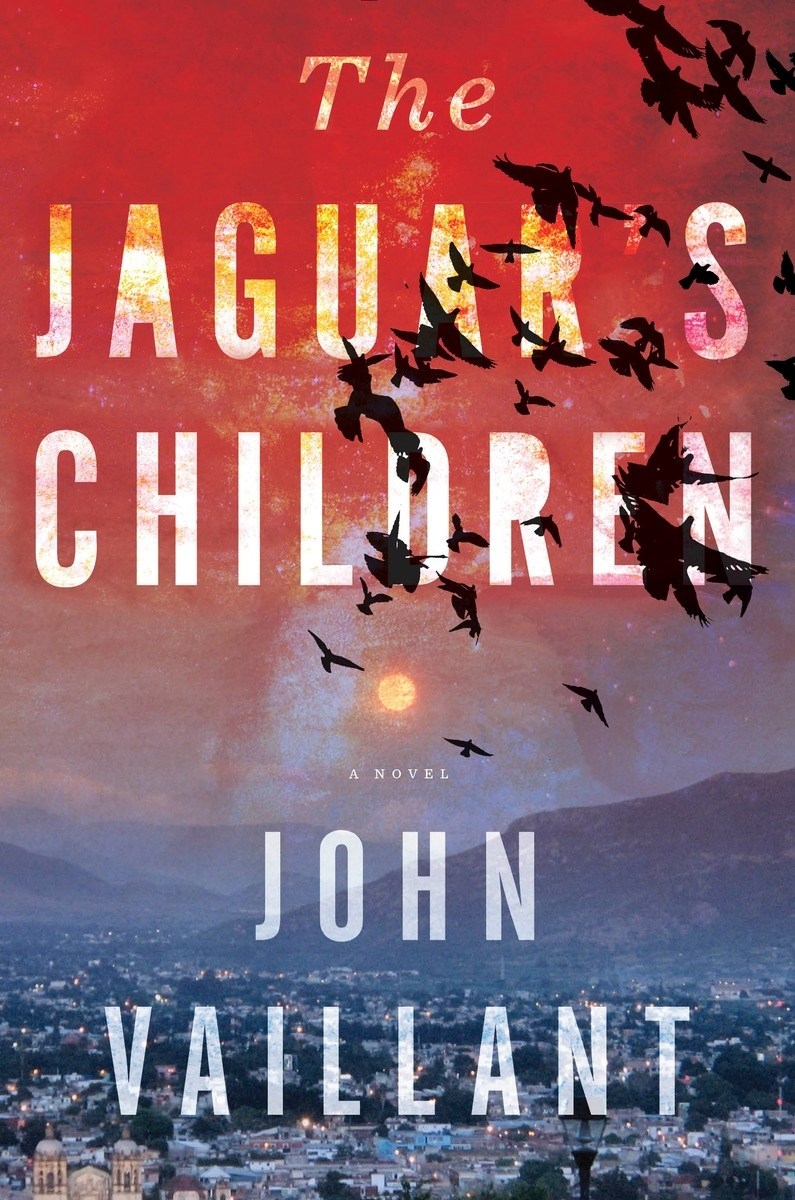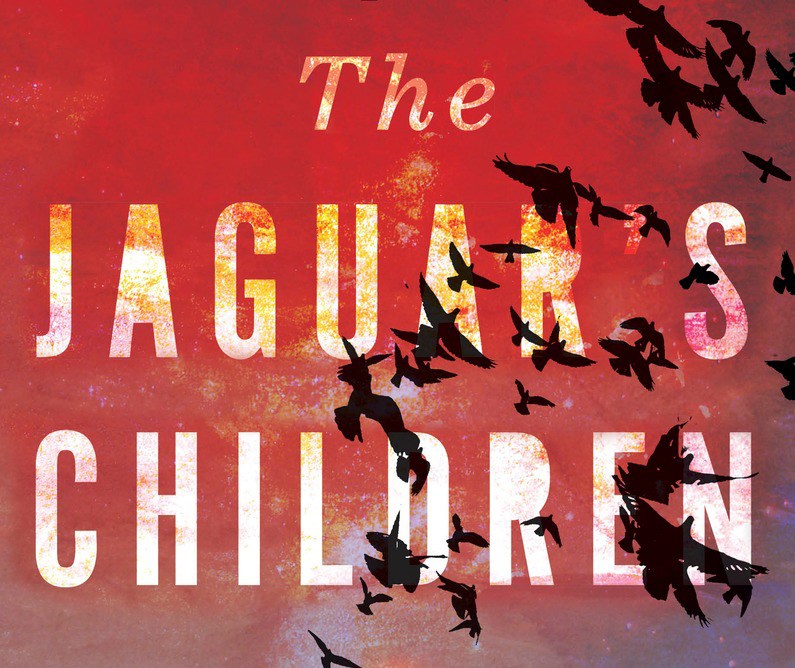The Jaguar’s Children
By John Vaillant (Knopf Canada)
Welcome to the first meeting of BC Book Club.
Like all good clubs it should start with a bit of getting to know each other. To that end, I’ll go first with a confession: As the the days grew shorter and transitioned into what is my 30th winter on this Earth, I went into a Netflix shame spiral featuring continuous seasons of The Fall, The 100, and other similarly-articled escapisms.
As result – and this is the confession – I haven’t picked up a book in over three months. So, when John Vaillant’s The Jaguar’s Children landed on my desk – one of Canada’s most-anticipated releases of 2015 – I approached it with some trepidation. I was actually scared that I would like it, and that I wouldn’t want to put it down. Think of all that Netflixing I’d be missing…
Well, my fears were both realized and baseless. While, no, I couldn’t put it down (it offered the most satisfying binge a book lover could ask for), it also successfully transported me to Mexico, not with mindless escapism, but with a claustrophobic tale of the harrowing lengths migrants will go to to reach el Norte.

The Jaguar’s Children is the first foray into fiction for the Vancouver-based Vaillant (pronounced “valiant”), who achieved major critical and commercial success with his non-fiction efforts The Golden Spruce (2005), about a sacred 300-year-old tree and the man who cut it down, and the revenge-seeking man-eater of The Tiger (2010).
The Jaguar’s Children begins inside a water truck that has broken down in the Arizona desert. Abandoned by their smugglers and welded inside the tank with no way out are 15 people hoping for a better life in America. The narrator, Hector Maria de la Soledad Lazaro Gonzalez, recreates how he arrived in this suffocating predicament with a series of sound files recorded on the phone of his wounded friend, Cesar Ramirez. Hector is sending his thoughts to the only American phone number in the directory – a woman by the name of “AnniMac”. At first they are urgent pleas for help, but as his messages go unanswered, he slips tumultuously into the past.
Once you get over the mental leap of a cellphone battery lasting that long, and our protagonist speaking at length in what would be an oxygen-deprived desert inferno, the story becomes an engrossing blend of political commentary and family saga.
With a loving lyricism and bittersweet sense of humour, Hector introduces “AnniMac” to his abuelo, or grandfather – a tough, studious agrarian with feet “thick like a car tire” who inadvertently set this chain of events in motion. By rejecting societal norms, Hector’s grandfather created a stain on the family that Hector’s father would perpetually long to escape. After a humiliating deportation of his own, Hector’s father would go on to exhort his son incessantly to make the move to America himself. Eventually, on the run from the police, Hector does exactly that.
As he sets the geo-political stage for this dangerous decision, Hector has many memorable moments. In one, he recalls a map scarred by red dots representing all the places migrants have died trying to cross.
“Everywhere north of Sásabe was covered in red dots, all the way to Tucson,” he muses aloud. “If they ever make a Guinness Book of Third World Records this border will be in there for sure.”
In another, Hector puts his predicament in perspective with a wry comparison: “When those Greeks were hiding in that horse they wanted to attack the city, and when the terrorists were hiding in those planes they wanted to attacked the country, but when Mexicanos hide in a truck, what do they want to do? They want to pick the lettuce. And cut your grass.”
Vaillant lived in Oaxaca for a year in 2009, allowing him to salt the book with sayings and customs that reveal a deep connection with the region. In a recent interview with the Globe and Mail, Vaillant explained that much of what takes place in the book is the stark reality of the exodus he witnessed in southern Mexico.
“Basically, with the exception of what was happening inside the truck, I saw pretty much everything else that’s in there,” he said. “[There were] these dramatic narratives unfolding before me: whole villages empty of adults. Where did they go?” he continued. “It was really like a plague.’”
Much like the wintry weekend I spent reading it, The Jaguar’s Children is a dark and unyielding yet vivid experience. From within the confines of a water tank, Vaillant manages to celebrate the identity of one beleaguered country, while confronting why almost 12 million Mexicans reside in another.
As told by Hector, it is a poignant goodbye letter to a country with few people left behind to read it.
• The Jaguar’s Children is available now in eBook ($14.99) and hardcover ($29.95). John Vaillant will be appearing as part of ‘Incite’ at the Vancouver Writers Fest on Feb. 11 at 7:30pm in the Alice MacKay room at the Vancouver Public Library (350 W. Georgia).
***

With that, the slump has been broken. It won’t be another three months before I pick up a book again; this club will meet monthly to discuss the latest and greatest in local literature, with suggestions always welcome.
And, like any good book club, I’d love to hear from you about The Jaguar’s Children:
• Do you think the cellphone was a necessary literary device? How would you have told Hector’s story?
• Do you want to see more fiction from John Vaillant?
Let me know your thoughts on Twitter, or [email protected].


